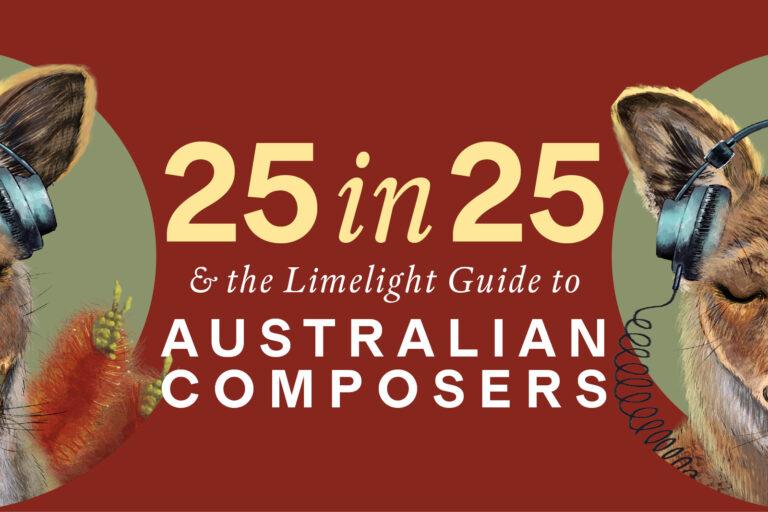Johann Sebastian Bach. That name sparks just about every human emotion. It creates, at once, fear and reverence, and is studied at great length in search of the ‘holy grail’ of Bach’s brilliance or some compositional meaning hidden deep within.
Canadian pianist Glenn Gould, for example, spent almost a lifetime studying Bach’s Goldberg Variations, beginning in 1950 at age 17, and later releasing his legendary 1956 recording. He made a new recording in 1981, a year before his death, declaring of his earlier recording that he “could no longer recognise the person who did that”.
JS Bach’s compositions take on a new freshness every time they are performed. He was not very forthcoming when it came to giving performance guidance in his works. He wrote the notes and gave them values and rhythm, but there often was little in the way of expression markings or tempi, or even instrumentation. The freshness comes from every performer’s interpretation of what happens between and within the notes, and how a composition might be presented.
Bach wrote Die Kunst der Fuge (The Art of Fugue), BWV 1080, in the last decade of his life. Indeed he did not live long enough to...
Continue reading
Get unlimited digital access from $4 per month
Already a subscriber?
Log in










Comments
Log in to join the conversation.